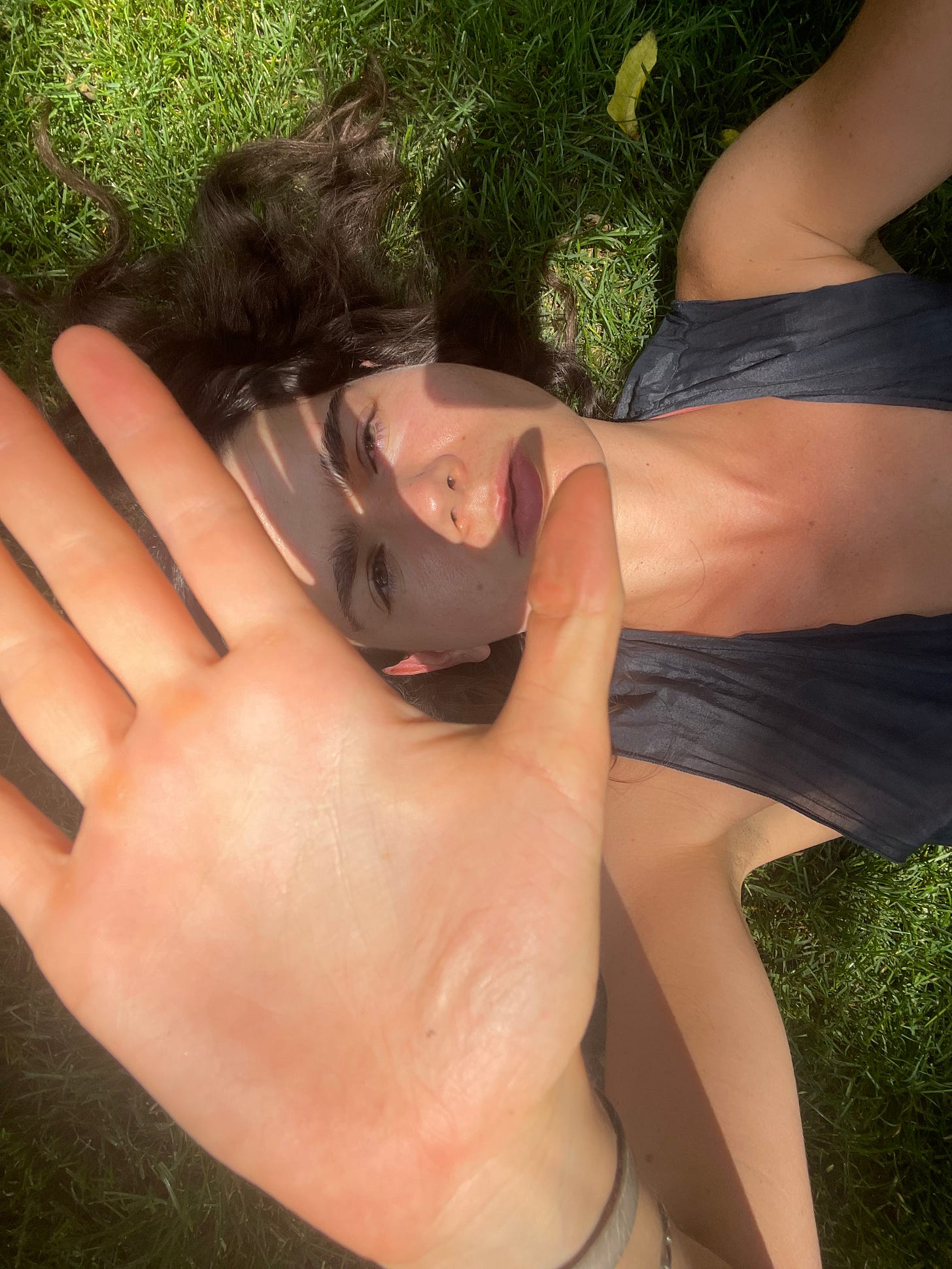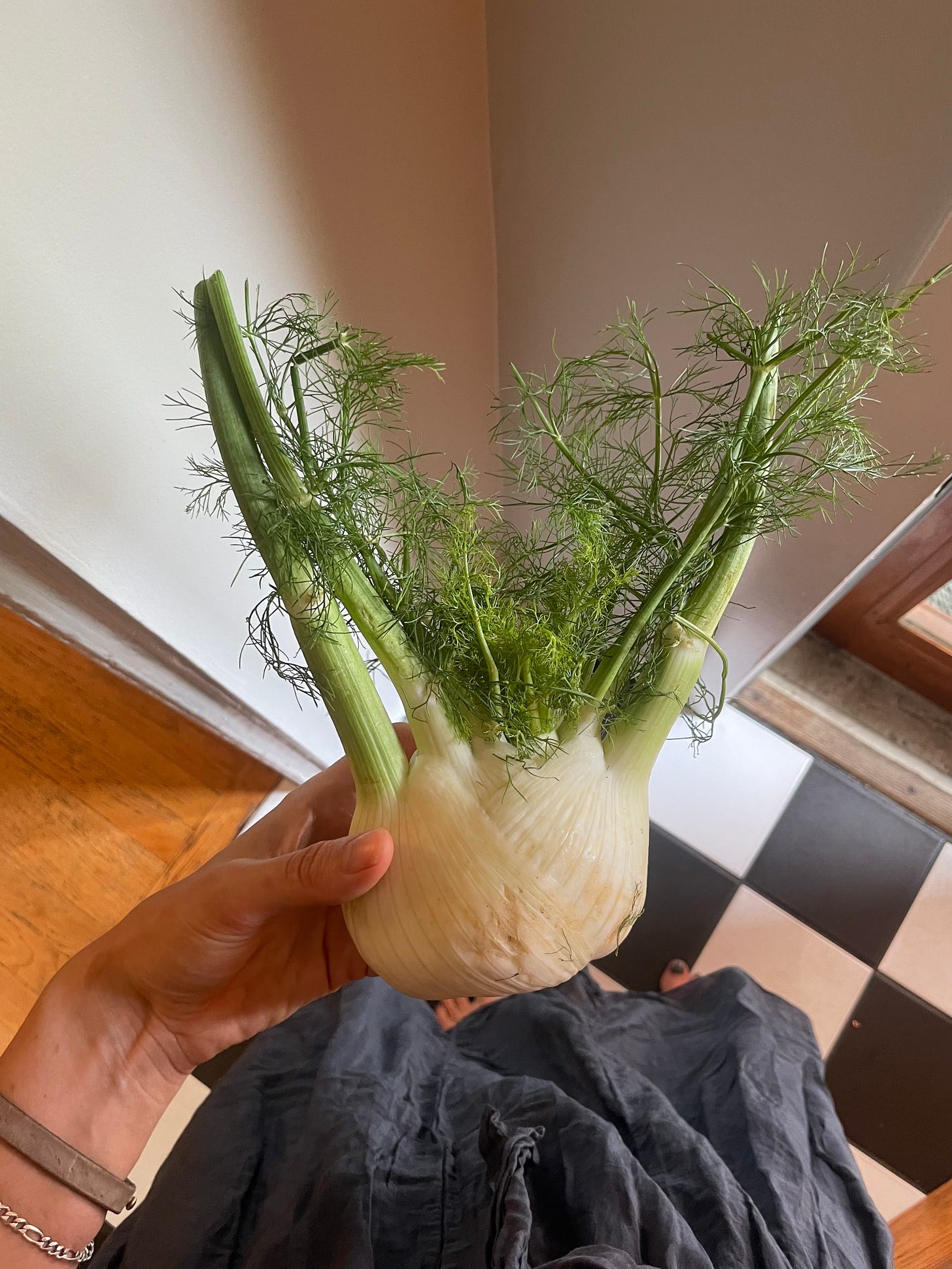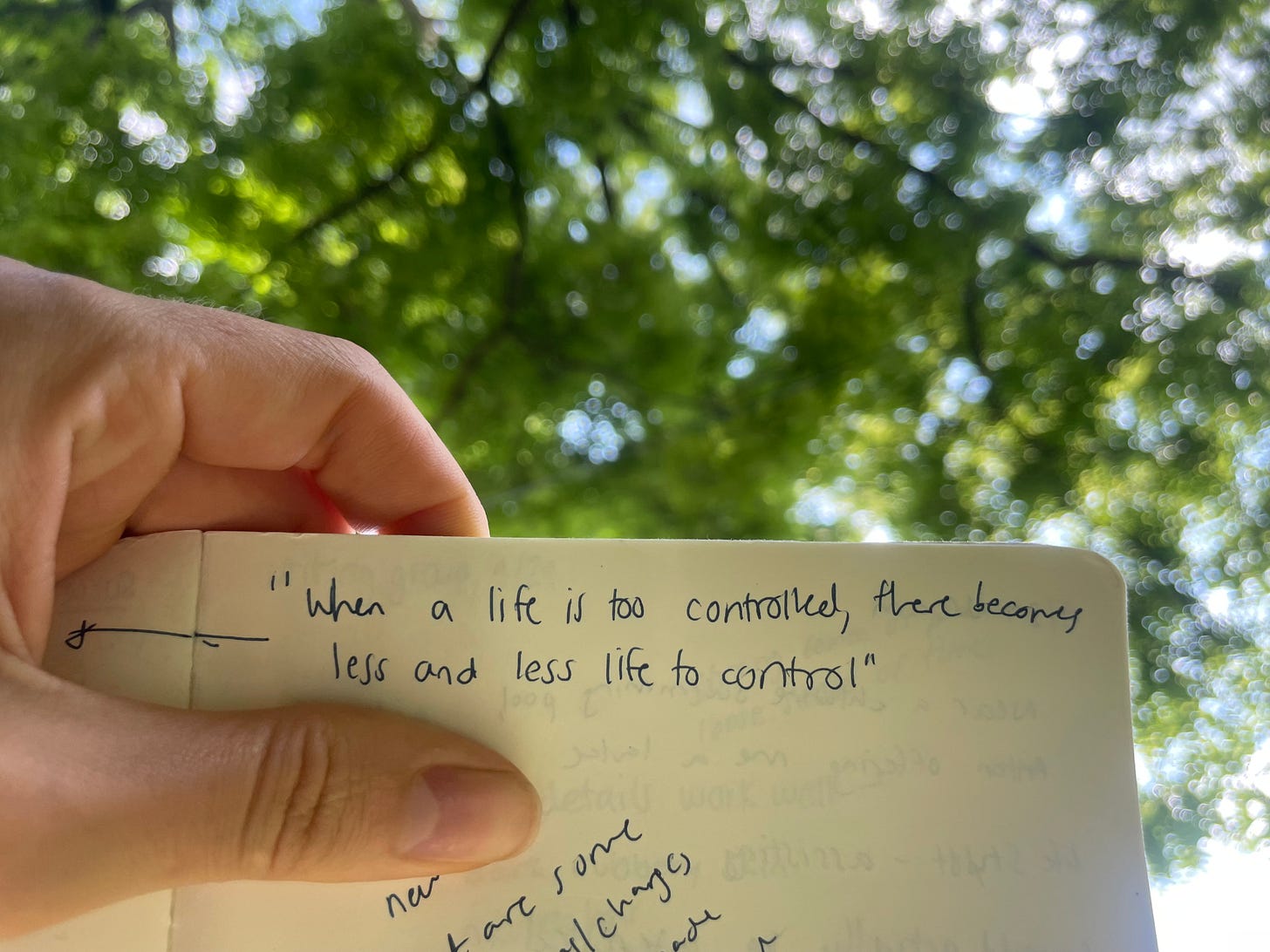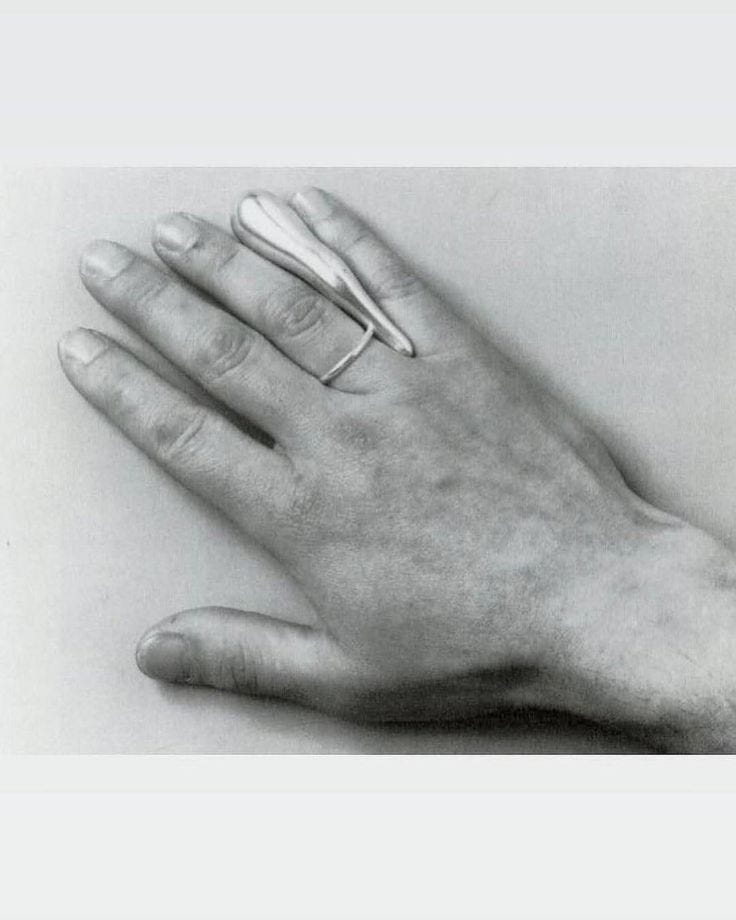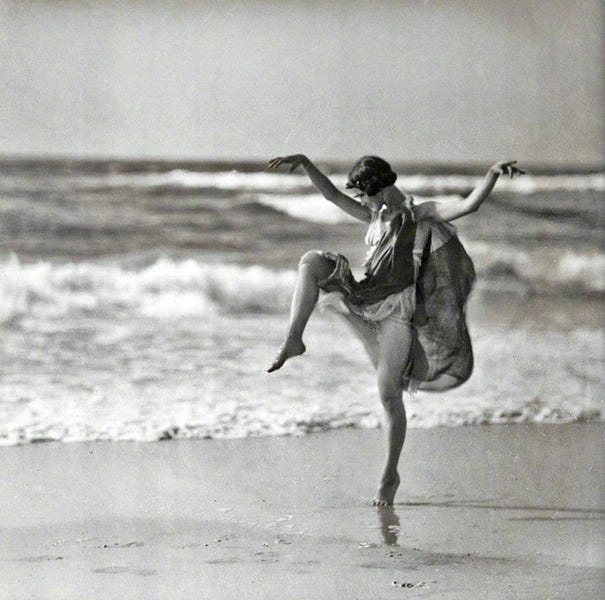Gemini & Hands
In this fourth edition, as Gemini season comes to a close, we explore the hands and arms — our extensions of thought and curiosity.
Culture Symbols, Fashion Facts & Reflections
Sign: Gemini
Organs: Shoulders, arms, hands, bronchial tubes, lungs
While hands and arms interact with the world in physical ways — shaping, gesturing, creating — they also express how we feel. We cross our arms to show determination or to shield ourselves. But beyond these expressive signals, hands also carry symbolic, hidden knowledge. Think of the palm in fortune-telling, or ancient mnemonic systems that used fingers and joints to encode memory. I found cognitive scientist Kensy Cooperrider’s essay for The Public Domain Review on hand mnemonics especially insightful, as it shows how the hand becomes a kind of map, a tool for remembering.
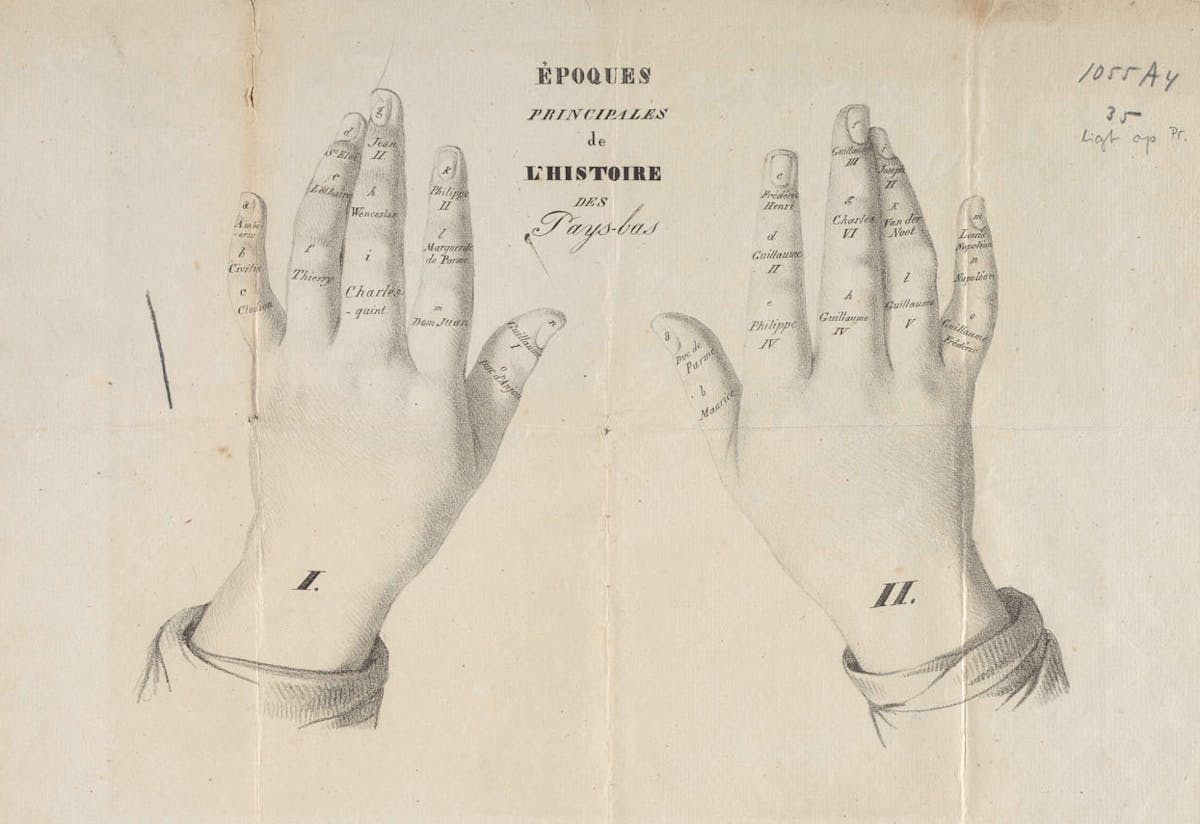
From the history of beauty, we learn that hands were part of the so-called “noble” upper body (meaning the visible part). But they were also charged with suggestion. Hands hinted at what was hidden beneath layers of fabric.
In one Renaissance novella, a wealthy landowner named Isotta tries to seduce her servant by rolling up her sleeves to the elbows, revealing arms described as “white as freshly fallen snow.” A simple gesture, loaded with intent.
And then there’s Henry VIII, known for his obsession with heads but perhaps equally fixated on hands. Before marrying, he’d sometimes send emissaries to inspect his future brides. Not just their faces but their hands. When considering the Duchess of Naples, he gave specific instructions: describe her hands in full detail. Were they bare? How were they held? Full or slender? Fingers long or short, tapered or thick? In those descriptions, hands became a kind of preview of the person.
Learning through touch
“I did nothing but explore with my hands and learn the name of every object that I touched; and the more I handled things and learned their names and uses, the more joyous and confident grew my sense of kinship with the rest of the world.”
Helen Keller (deafblind American writer, rights advocate, political activist, Cancer)
Touch brings knowledge, sensation, emotion, and sometimes all at once. For me, as a former fashion stylist, my fingertips are tools of vision. Anthropologist Sarah Pink once wrote that vision can engage other senses, like touch. That’s true in my experience. I remember styling looks not by imagining the clothes on a body but by running my hands along a rack, letting texture lead me to creating the look. I’d touch first and only then see. My hands were translators, sensing what would move, fit, or drape well. On set, adjusting fabric on bodies, I learned how things felt before deciding how they looked.
This month, I asked our first guest, Lily Sperry (Gemini), a few questions about her tactile experience over a day. Lily is a writer and the creator of the magical Health Gossip newsletter (I’m very proud to be an HG alum; I was a guest in the 37th edition). Lily was one of the people who inspired me to start this newsletter, so I’m especially happy and grateful to have her here today. Please go check out Health Gossip, where people explore the body, mind, and spirit through personal stories, shared with joy, openness, and lightness. I’m especially moved by how this little newsletter has grown into a meaningful space for connection.
Okay, let’s speak with Lily now.
What did you touch today that...
...surprised you?
Lily: The pages of a neon green Moleskine that I had neglected late last year. Though admittedly more empty than its counterparts, neatly labeled and packed into a metal memory box for safekeeping (after contemplating throwing them all out in the fits of a move), reading it now, in the grass, I’m realizing what it lacks in length it makes up for in matter.
...gave you pleasure?
Lily: The blades of grass beneath me. While grounding technically happens via the feet - our way of ‘plugging in’ to the earth’s magnetic field - I believe it’s equally restorative to dig our hands into the earth, too. (Can restoration be pleasurable? My Taurus moon says yes.)
...made you feel calm?
Lily: A fennel bulb at a grocery store called Life Thyme. In it, I felt the potential of returning my body to a more alkaline state after an extravaganza of sweets, steak frites, and jet lag. Looking at it in my aunt’s fridge now, next to a knuckle of ginger and a bowl of eggs, I contemplate making a juice, or slicing it super thin for a salad (dandelion greens?). The calm compounds. Both choices are sure to bring me even more.
Hands diary
‘Looking for person
With a special kind of smile
Teeth like razors
Fingers like spice’
Fever Ray
On hands intimacy
Slow touch. The kind that explores not just skin but cells. An electrifying touch can set you alight — the kind you want to remember, to feel lingering on your skin. Sometimes, you wish you could keep the pattern of those fingertips, holding onto the memory for as long as possible. But the opposite can happen, too. You come home and want to scrub those same fingerprints off your skin, washing with urgency. Your mind wants to forget. Your body aches to be free of a touch that didn’t nourish you, but consumed you instead.
On holding hands
Holding hands has always been a complicated gesture for me. To walk side by side means adjusting to another person’s rhythm. And sometimes, that feels just wrong, like being asked to lock into sync when your own body wants to move freely.
There’s this one moment from Sex and the City that always comes to mind when I think about holding hands: Samantha refusing to hold hands with Smith. Yes, she’s vulnerable and protective, but sometimes not holding hands is just more comfortable. Not because there’s no connection, but because it’s completely normal to need space and more air in the choreography between two people.
(Also, let’s take a moment to appreciate the genius of Patricia Field’s costume design in that scene. I mean — LOOK AT THAT BAG.)

On my hand being a traitor, on my hand being a friend
My hand is a traitor. I demand a lot from it. I want it to pull all my thoughts from my cerebral cortex magically, but instead, it smears them across the page, trapping them in an invisible labyrinth.
My hand is my friend when it reaches for my hair, supporting my thought process, twisting a strand around a finger as if helping an idea take shape.
On creative hands
Fi Isidore (Gemini), an artist and the second guest of this newsletter (though without an interview, she is busy preparing for her final MA show at Goldsmiths). She evokes strong tactile sensations through her work. Her pieces remind me of the wooden marquetry furniture that adorned 18th-century homes. Yet Isidore’s creations themselves become objects of seduction in their own right. Her piece Rosemary’s One Long Pinky Nail, a wooden artwork, makes me think about how stylised nails have become so entwined with the wearer’s body that they now serve as guides for engaging with or consuming the world — a designed extension of the self. I also love how she sometimes shares photos of her hands in the woodshop where she usually works.
On reconnecting with your hands
Try brushing your hands. Not massaging, not rubbing — brushing.
Start at the wrists. Lightly run your fingers across every joint. Brush over the knuckles, the nails, the webbing between fingers. Brush the palms. The pads. The tips. Let your brain become aware of all parts of your hands.
On arms as spiritual guides
My hands are extensions of the self; my arms, extensions of the spirit, reaching toward something beyond me.
Dance, arms, and freedom
Our arms let us experience the world as if we had wings. Whether in sweeping, circular motions or simply slicing through the air, arms offer a kind of flight. Gemini also rules the nervous system, especially sensorimotor coordination, which brings to mind dance. And particularly, the avant-garde dancer Isadora Duncan (Gemini), who rejected the rigidity of classical ballet in favour of a freer, more intuitive relationship with movements which were grounded in nature. She once said her dance was born from the sea (she lived near one), from listening to waves and watching how they moved. She wanted to be like them — rhythmic, wild, alive. She believed that movement should exist in complete harmony with the great Nature. (Yes, she capitalised it.) Draped in a tunic inspired by ancient Greece, she danced barefoot. This softened her steps, freed her weight, and allowed her body (especially her arms) to become more expressive.
In a conversation between the critic Nikolai Shebuev and the reviewer, one asks:
“Have you heard of mimics of the arms?”
“Of course not. Meanwhile, Duncan’s arms are as expressive as her face.”
Even when teaching children, she began with the arms. Seated, with feet still, she guided them to explore movement from the shoulders, elbows, and wrists. Her pedagogy was radically different from traditional ballet schools. She tried to ignite a love for dance so strong her students would carry and share it themselves.
Duncan’s work resonated with the early 20th-century zeitgeist — a time of rebellion, experimentation, and longing for new ways of living. Her dance spoke directly to that yearning. Concepts like “impression,” “mood,” and “atmosphere” began to shape dance, theatre, and criticism across both fields. These ideas captured the emotional climate of the age. It was a movement charged with feeling, curiosity, and expression.
Very Gemini of her.





